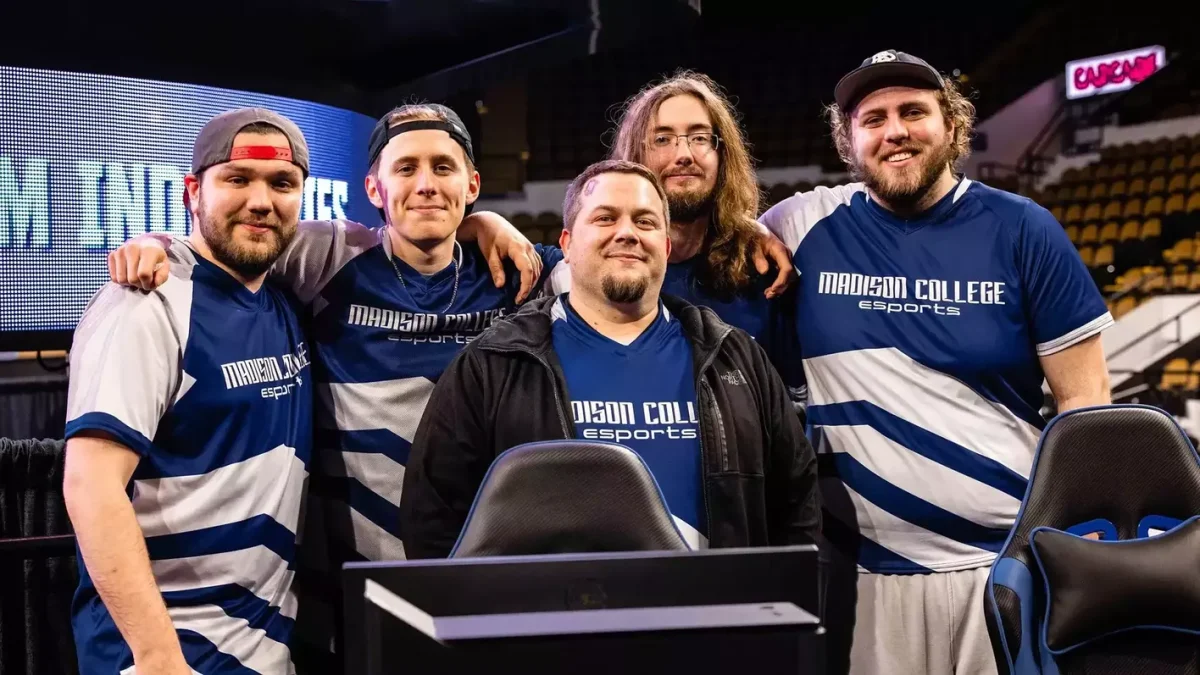Movie review: ‘Fifty Shades of Grey’
February 19, 2015
It’s all fun and games until somebody gets hurt, right? Well, according to Christian Grey (Jamie Dornan), the brooding, rich business man that was the star of this weekend’s blockbuster hit “Fifty Shades of Grey,” that’s just when the fun begins.
Directed by Sam Taylor-Johnson and based on the first of three erotic books by British author E.L. James, “Fifty Shades of Grey” has been heralded as a catalyst for sexual empowerment for women by some, and attacked for promoting toxic relationships, and even domestic abuse, by others. Love it or hate it, everybody’s talking about it, so it was time to see what the fuss was about.
I went in to the movie with minimal knowledge: that the plot was loosely based on the “Twilight” series, and that it had a lot of BDSM (Bondage, Dominance, Sadism and Masochism) in it. It has also raised its fair share of both conservative and liberal eyebrows. I was eager to see if it would ruffle my feminist feathers or tickle them.
The plot of the movie was centered around the budding sexual and emotional relationship between business titan Christian and 21-year-old college graduate Anastasia (Ana) Steele (Dakota Johnson). They meet when Ana interviews him for the student newspaper for her roommate, Kate (Eloise Mumford), who is ill at the time. The two have instant chemistry and begin to “date” by most traditional standards, but Ana soon finds out that Christian is not interested in a romantic relationship. He wants a strictly and explicitly sexual one. Christian spends the bulk of the movie introducing Ana to the tools and tricks of his playroom and trying to get her to sign “the contract.”
The contract is the lengthy and sordid paperwork that Christian uses to detail every last rule that will be involved in their sexual agreement, including which tools will be used and what the safe words are, “yellow” and “red” if anybody was wondering.
Overall, the film’s self-deprecating wit and candor were appreciated. I took issue with only two things: the fact that Ana was a virgin before meeting Christian, and Christian’s random bursts of emotional possessiveness. Is this the best of sexual or emotional relationships for a 21-year-old virgin to enter into? Absolutely not. However, these characters were based on Edward Cullen and Bella Swan, and given that, I found Ana to be rather sassy and self-assured.
As far as any concerns about sexual violence go, the sex scenes were more consensual than 99 percent of pornography these days, and Christian was incredibly attentive, asking her before and after each new experience if she was OK with what was going on. The only sexual moment that sent my feminist flags flying was near the end when Christian was showing her how bad his “punishments” could be. Ana took extreme issue with it, and (spoiler alert) ended up walking out during the final scene.
The best part of the movie was the “business meeting” scene about halfway through where Ana and Christian are sitting at either end of a long table negotiating the details of the contract. Ana was in complete control the entire time as they meticulously went through the paperwork and she crossed out every last thing she was not comfortable trying.
As humorous as the scene might have seemed, with the alarming amount of sexual assault and rape cases on college campuses today and the widespread talk about what consent really means, we might want to take a look at this thorough, if not mechanical, method of discussing sex with our partners more seriously.
The final verdict: “Fifty Shades of Grey” is exactly what it seems: a porno with a narrative. While the experience of viewing a movie that is part of a current cultural phenomenon is a novel one that was ultimately fun, the characters and plot were pretty easy to forget once the theatre lights came back.
It is not a revolutionary story, a breakthrough for BDSM, or a thwart to feminism, and it never claimed to be. Though it’s been a magnet for criticism for both its literary merit (or lack thereof) and its somewhat misguided portrayal of a young woman’s first relationship, maybe we should set the magnifying lens down for a moment and remember what this story is at its core: nothing more than a “Twilight” fanfiction that got thrusted (pun intended) into mainstream culture. The fact that James went from being a “Twihard” who self-published her stories for a small circle of readers to being one of the highest-earning authors of all time is actually pretty cool, and I’d say it’s about time we stop blushing at the idea that women are talking about sex just as much as men do.




























